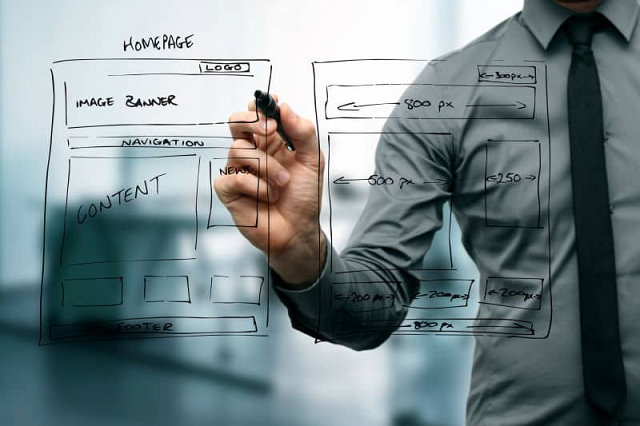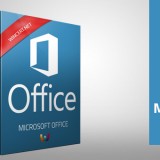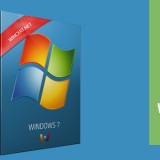The Importance of Logos in Website Design
With the buzz on the online market, building a website is a must if you want to start a new business or revive an old one. Since the website serves as the company’s online storefront, website designers strive to create the best possible pages and take special care to ensure that everything information added stands out. However, most website developers overlook the logo—a small but crucial design element—.
A company’s logo serves as the foundation for all aspects of branding, including social media, banner ads, emails, websites, printables, business cards, catalogs, and more. The significance of a logo in creating a website is discussed in this article.

The importance of logo for website design
Here are some advantages and reasons why the logo, which stands for the company, must be featured on the website pages:
The logo defines the website’s look
A logo is the identifier of the business, and it usually contains a microcosm that encompasses every aspect of the brand’s image. Therefore the logo is the most effective branding tool for building brand identity. Therefore, when considering a website design, the logo can be the dictating factor in defining the website’s color palette, font tone, and overall theme.
The website must follow the logo colors as the color psychology used in logo design concentrates on visual connections, which significantly affect the audience’s impact. Also, choosing a different color scheme than the logo will duplicate the emotional connection that the logo built with people; however, sometimes, the logo needs some modification, redesign, or renewal while starting the website design. The two processes can go hand in hand and simultaneously complete each other.
A Logo shows professionalism
The logo conveys the purpose of a website and says a lot about a business site or brand. Visitors anticipate seeing the logo on the website’s upper left, front, or center, and this strengthens the message of assurance and quality and provides a professional touch to branding.
The logo will serve as both a friendly reminder and an advertisement on the website pages, ensuring that users are provided with high-quality information or services.
Ease of Recognition and Recall
One of the main goals of branding is being recognized, and in the digital world, a logo plays a vital part in website recognition. A logo is a powerful tool that makes people automatically recall the business as the logo is used in every aspect of the business branding and the website is part of it, such as the little blue humping bird of Twitter which anyone will recognize without writing a single word or explanation. The website page design must look good, reflect brand goals, and complement the logo; together, they establish a lasting recall effect on viewers.
It also works as a link
Online users consider the logo a giant “Home” link, and wherever they are on the website, they expect to be returned to the home page when clicking it. It means that logo is a vital element in website design as a branding and navigation tool in the user experience. So, website designers must consider this trick and show the logo clearly on every page. Also, this simplifies the header design and provides a simple navigation tool for users.
Logo creates consistency
A logo is a communication tool that appears on company products, social media, websites, advertisements, flyers, business cards, and more. And as stated, it helps the target market and current customers to recognize the brand.
So having a different profile picture for social media platforms, for instance, will confuse the targeted audience and make it hard for them to define the official platforms. Therefore, creating consistency across business web presence is essential; the website is part of that presence.
Tips for using the logo in website design
The logo is a powerful marketing and branding tool that must be used carefully in the website design process; here are some tips for doing that.
Left-align logo
While some website designers may place the business logo on the right or at the header center, aligning the logo to the left is preferable. Aligning- left first used because browsers in the past were fixed and centralized, or right aligned logos didn’t appear in some screen sizes or due to the shape of the browser window.
Also, the western habit of reading left-to-right has dominated website and mobile design. With that combined, website designers started to align logos to the left, and people used to see them to the left, so it’s preferable from a user experience perspective. Otherwise, a logo positioned anywhere else could confuse people or lead to poor user experience and a higher bounce rate.
Create a full branded experience
Make sure to use the brand logo in every part of the website, not only the navigation bar. Add the logo to the footer, product photo, checkout process pages, etc. Having the logo popup everywhere will boost brand recognition and make use of the most of it.
Use a PNG version of the logo
PNG format is the best file type for digital applications. They can display millions of colors, and they support transparent backgrounds. And logos usually come in a variation of colors full-color, black, white, and transparent background, and PNG is the best choice.
So, whether having professional help or designing the logo by yourself, all the design or Logo maker software provides multiple file type exporting options, and PNG format is one of them.
Don’t use a too big or too small logo
Using the right size for the logo ensures that it is clear and readable on all devices and screen sizes. Don’t use too big a logo that overpowers the rest of the content and not too small that is hard to read and not get noticed.
Conclusion
The logo is the business landmark in the market and the base for all branding and marketing efforts and must be considered in the website design process. It helps boost website recognition, preserve a consistent web presence, and build user trust. However, make sure to place it to these, link it to the homepage, and most importantly, have the logo file in PNG format.
Disclaimer: This is a sponsored article













